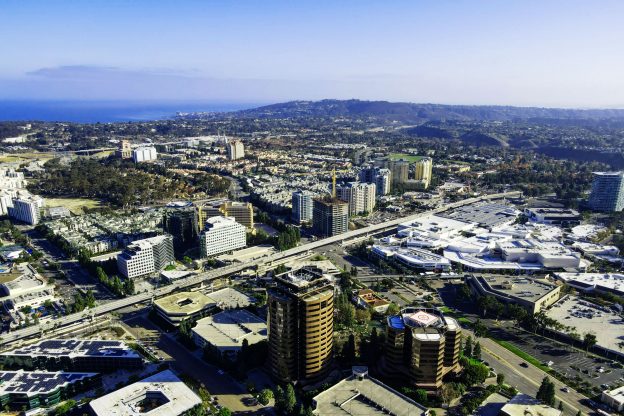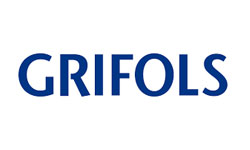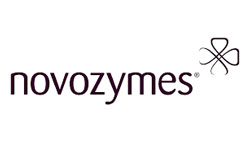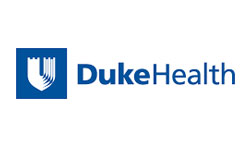In the heart of North Carolina, the Research Triangle has carved out a name for itself as a burgeoning epicenter of biotech innovation, securing the fourth spot in the U.S. biotech industry rankings. This prestigious position trails only behind the well-established hubs of Boston, San Francisco, and San Diego. The Triangle’s prominence is bolstered by the presence of pharmaceutical giants such as Novo Nordisk, Purdue Pharma, GSK, Merck, Amgen, Biogen, and Pfizer. It’s also recognized for having the densest concentration of Contract Research Organizations (CROs) worldwide. Yet, it’s worth noting that the Triangle’s ranking might be more indicative of the limited availability of lab-ready real estate rather than the overall market magnitude.
The Raleigh-Durham market is unique in its offering of R&D lab space, totaling around 10.6 million square feet, yet with minimal vacancies. The esteemed research institutions—Duke University, the University of North Carolina at Chapel Hill, and North Carolina State University—lend the Triangle its name and are instrumental in nurturing a thriving life science ecosystem. The startups emerging from these universities significantly contribute to the low availability of lab space, both in sublease and direct markets. The life science sector here remains largely unaffected by the shift to remote work, a trend that has not spared other major life science markets, where a glut of lab facilities, record funding, and preemptive space acquisition have led to an unprecedented availability of lab space.
Edwin Yarbrough, Executive Vice President of Hughes Marino, who spearheaded the establishment of the firm’s Raleigh-Durham office, remarks that the Triangle’s biotech scene, while significant, doesn’t quite scale up to the likes of Boston or San Diego. According to a sublease report by Hughes Marino, the Triangle’s market is gradually seeing an increase in available space, but it’s nowhere near the levels observed in the larger biotech markets.
Anticipating the Arrival of New Spaces
In the Triangle, almost every single-story flex building is earmarked as potential “R&D/Lab” space. This includes properties that have been transformed by experienced life science landlords, speculative R&D spaces by those eager to capitalize on the booming sector, and everything in between. For biotech and life science companies looking to renew or secure leases, expand, downsize, or renegotiate in the Triangle, the guidance of an experienced advisor is indispensable. Such expertise is crucial for navigating the offerings and acting swiftly when the right space becomes available.
The demand for spaces with modern amenities and GMP-compliant lab facilities is high, and the expertise of a knowledgeable advisor is essential to navigate the offerings and leverage the available options.
Despite a softening in demand, new R&D spaces continue to emerge, predominantly along the RTP/I-40 corridor. The Triangle’s first high-rise lab building, Via Labs, will be a part of the ambitious HUB RTP, a central hub designed to be a dense, multi-use urban area offering housing, retail, and dining, in addition to lab and workspace.
Yarbrough emphasizes the importance of having a well-informed advisor to help companies understand the changing real estate landscape, identify off-market opportunities, and ensure negotiations are favorable for tenants in an environment that is becoming increasingly tenant-friendly.
North Carolina’s Emerging Biotech Beacon
Downtown Durham has undergone a transformation, becoming a coveted “mini Cambridge,” bustling with companies and startups at the forefront of science and technology. This evolution is complemented by a lively arts scene, nightlife, walkable streets, and exceptional dining options.
The upcoming Heritage Square development, a $500 million endeavor, will introduce a mix of luxury housing, top-tier office and lab space, retail, and dining establishments. This project is just the beginning of a larger development plan that will further enhance Durham’s appeal.
The city is also making strides in pedestrian-friendly infrastructure, with projects like the Durham Rails Trail, which will be part of the larger East Coast Greenway.
Durham’s development and improvements are creating a magnetic pull for startups and biotech companies eager to be part of this exciting growth.
Yarbrough advises companies to engage with the right real estate partner and allow ample time for a thorough process to secure the best spaces and terms, thus fostering a culture that attracts and retains top talent.
Starting real estate projects well in advance is crucial, he notes, recommending a two-year lead time to ensure the best outcomes.




































